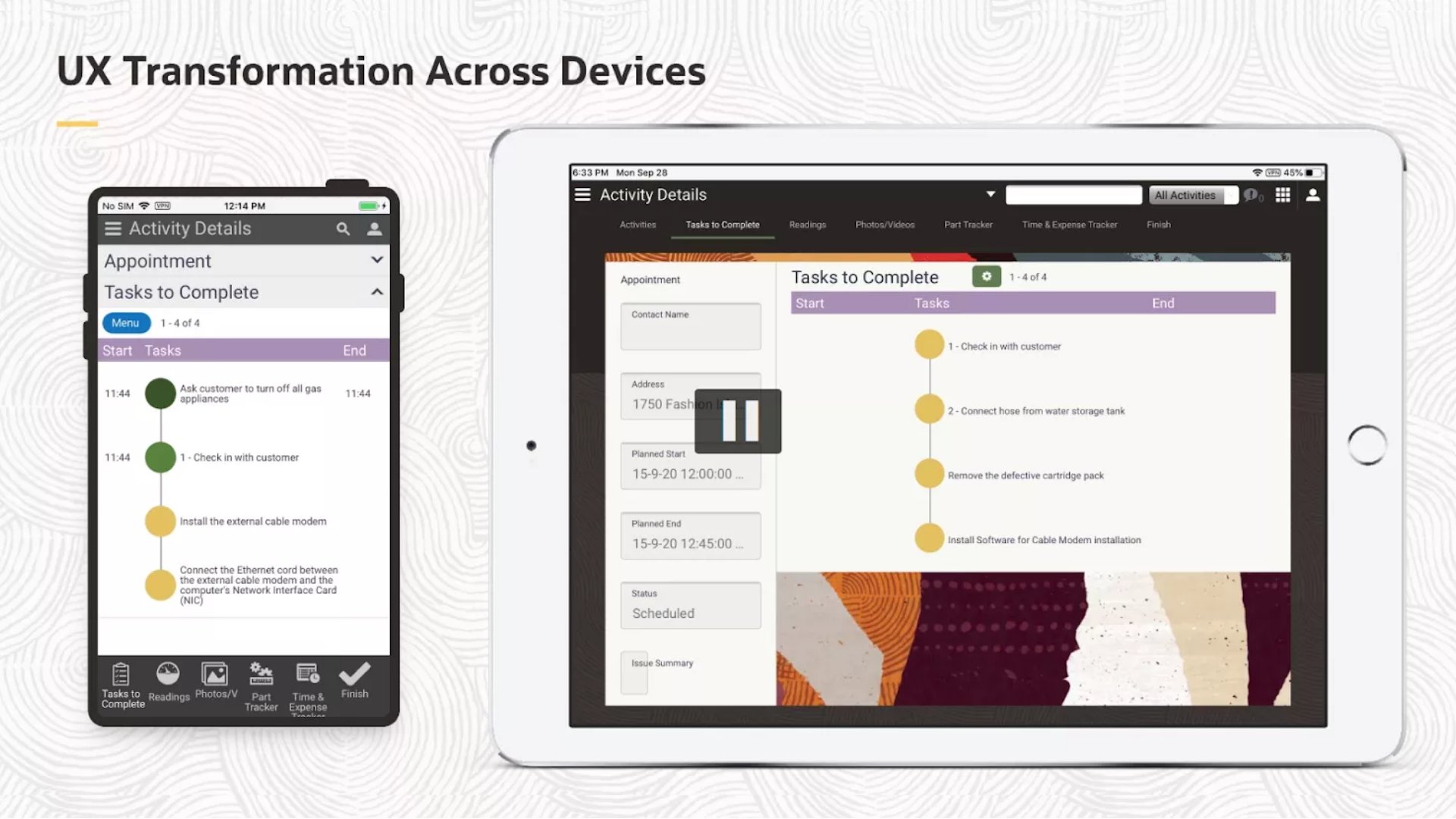Past Event: Nov 09, 2023
Retrouvez Boxfusion Consulting lors de l’événement Oracle Applications Unlimited Days, en France
1 min read

Author: Amardeep Parmar
5 min read
Siebel has a bright 2021 ahead with a whole range of innovations from the labs at Oracle. We’ve seen a big push from our clients in the last couple of years to get onto the latest versions of Siebel and capitalise on the new features. The continuous release process introduced in IP17 was a game-changer and it expands what is possible for companies regularly.
We know it can be difficult to keep up with everything going on and what it could mean for your business. Oracle hosted a virtual summit towards the end of last year and we’ve since had the opportunity to dive in deeper.
Here are the Siebel features that excite us most for 2021
The biggest fundamental change happening in the Siebel world is the Cloud Native project from Oracle. At a high level, kubernetes and dockers are being introduced to supercharge the agility of the platform. It’s still new at the moment but we expect in the future a large proportion of companies to make the leap to the new infrastructure.
Traditionally, adding extra capacity and managing servers could be a major challenge with many variables at play. The premise of Cloud Native means this will be far easier in the future and companies can scale up cost-effectively. This infrastructure will support microservices in the coming years that gives Siebel owners more flexibility than ever before.
The changes to the Siebel infrastructure model feel monumental to those of us who’ve been working with the platform for some time. We used to think of Siebel as a goliath but now it’s being atomised to a series of interconnected modules with more specific use cases. This reduces the risks of single points of failure and creates smaller applications with optimized features.
There has been an element of the paradox of choice in Siebel where there are so many options, it’s difficult to make the right decision. Oracle’s renewed industry solutions will reduce confusion through these streamlined applications. We believe in the long term, this will allow Oracle to effectively reach customers with the best features for their specific needs.
Siebel is famous for use in enterprise applications so it’s easy to think of it always from a desktop perspective. However, it’s become normal for us to expect data at the edge of our fingers wherever we are and users can have this through the Siebel Mobile Application.
Capabilities will be added throughout the year to allow companies to increase the differentiation between their desktop and mobile versions. Making use of Oracle JET will speed up the development of the mobile form in particular. This is crucial as the use cases when accessing the same data through different devices need to be adapted to empower the users. In 2021, there’s no excuse for squashing the existing version down to a small screen with the tools we have available.

REST APIs have been enabled for some time but the offering has matured and we are seeing more examples of smooth implementations. In Oracle’s demo, they showed a website using REST calls to get data from Siebel quickly and imperceptibly by an end-user. We expect a greater take up of people using REST calls in this way to enhance other interfaces. It’s particularly powerful when combined with other Oracle Cloud services.
Excitingly for project managers everywhere, the rest calls help enable CD/CI rapidly through automation. This gives far greater flexibility than previously seen in Siebel allowing for fully agile project planning.
Since the introduction of Siebel Web Tools in IP17, features have continually been added to reduce the need for developers to install programs on their machines. This year workflows and scripts will be available to build and debug online too. Towards the end of the year, object wizards and validations will be added also.
Developers can be onboarded rapidly and access the tools they need to enhance the application wherever they are in the world with minimal friction. It will allow greater agility in teams and reduce costs in setup and maintenance. 2020 has proven this could be a major factor in the future with more dispersed teams working together.
A win for Siebel infrastructure administrators everywhere. The Modular Deployment Engine means it is faster and less data-intensive to set up new Siebel services. Patches and all Siebel applications would be installed at once rather than needing to run several installers and download more files than you need. Customisations no longer live in a proprietary file (Siebel.war) making the risk of losing development much lower during patches. This is a simple change but saves many potential headaches.
Siebel has come a long way in the last decade in terms of the look and feel of the UI. The introduction of Open UI started this shift and small changes have added up to a new experience. Oracle has pivoted now to increase standardisation across their applications with a beautifully designed user interface. We hope this helps encourage companies to see Siebel and Oracle Cloud products as part of one ecosystem rather than competition.
We often hear users talk about logging into Siebel as a separate entity from the web because it felt so different to other sites. The new Oracle Redwood design makes the application out of the box have the modernity where it is like going to any regular website because it’s so seamless.
Here are the 7 Siebel features that excite us in 2021
If any of these new features excite you too, reach out to us and we can help to implement to best meet your business needs.
1 min read
5 min read
Learn how GMC improved stakeholder engagement with Siebel Open UI to better understand...
2 min read